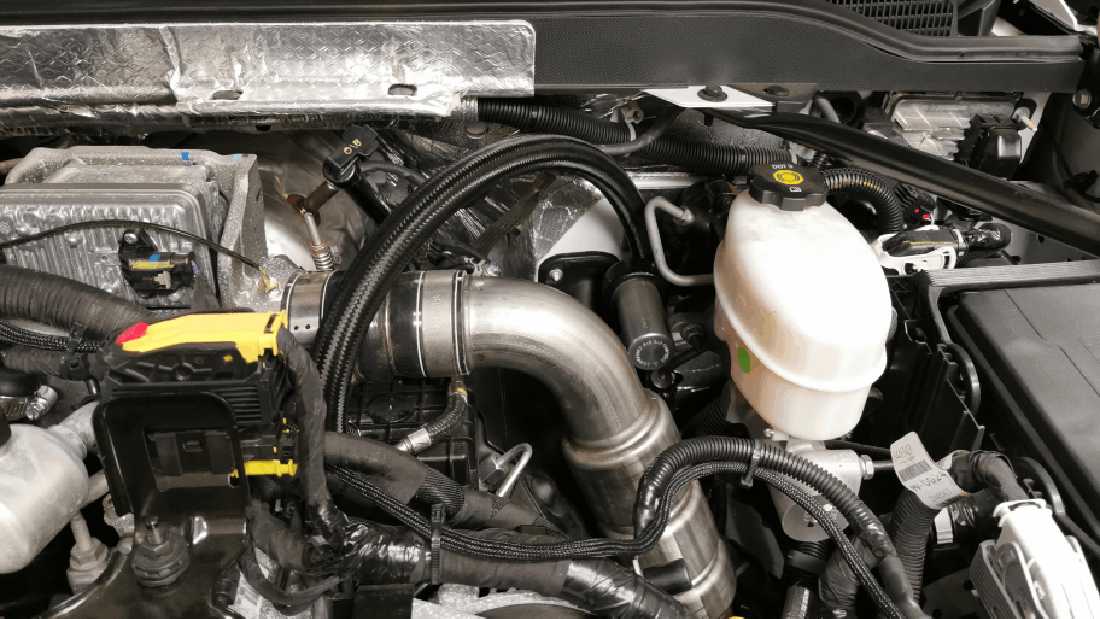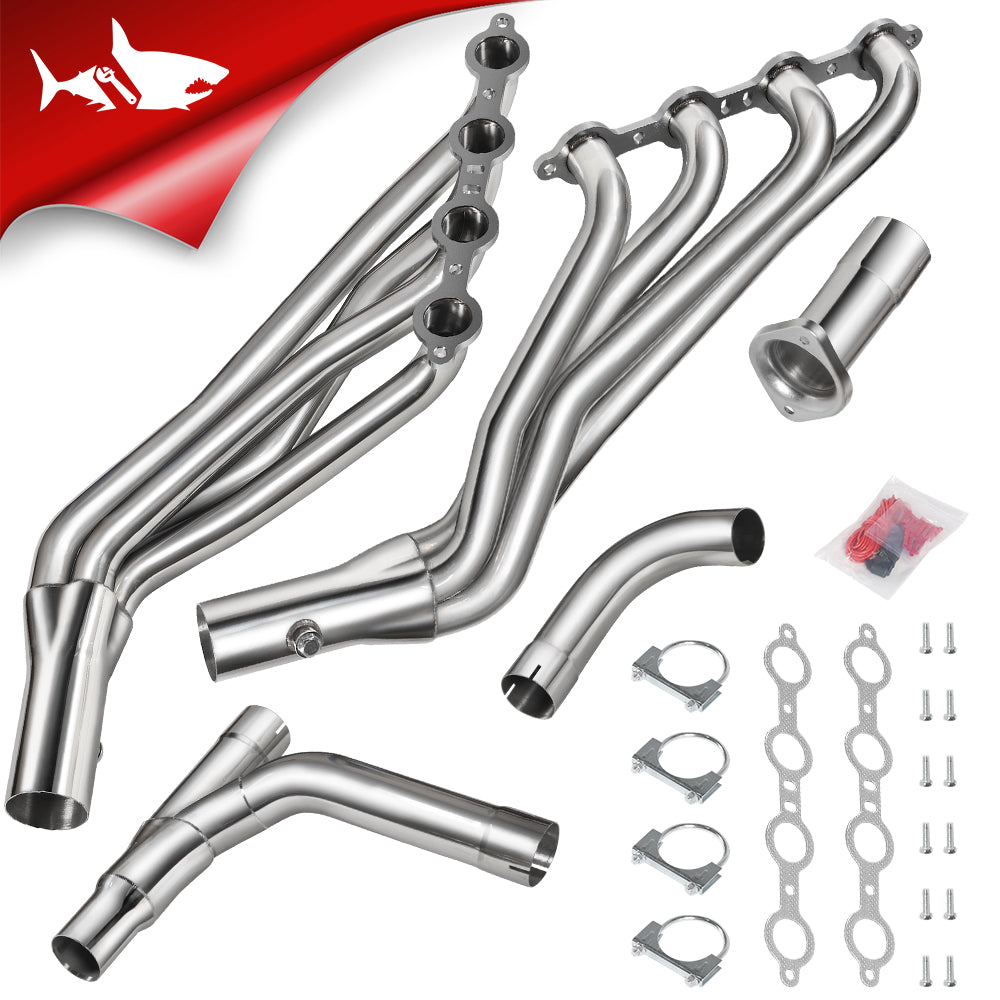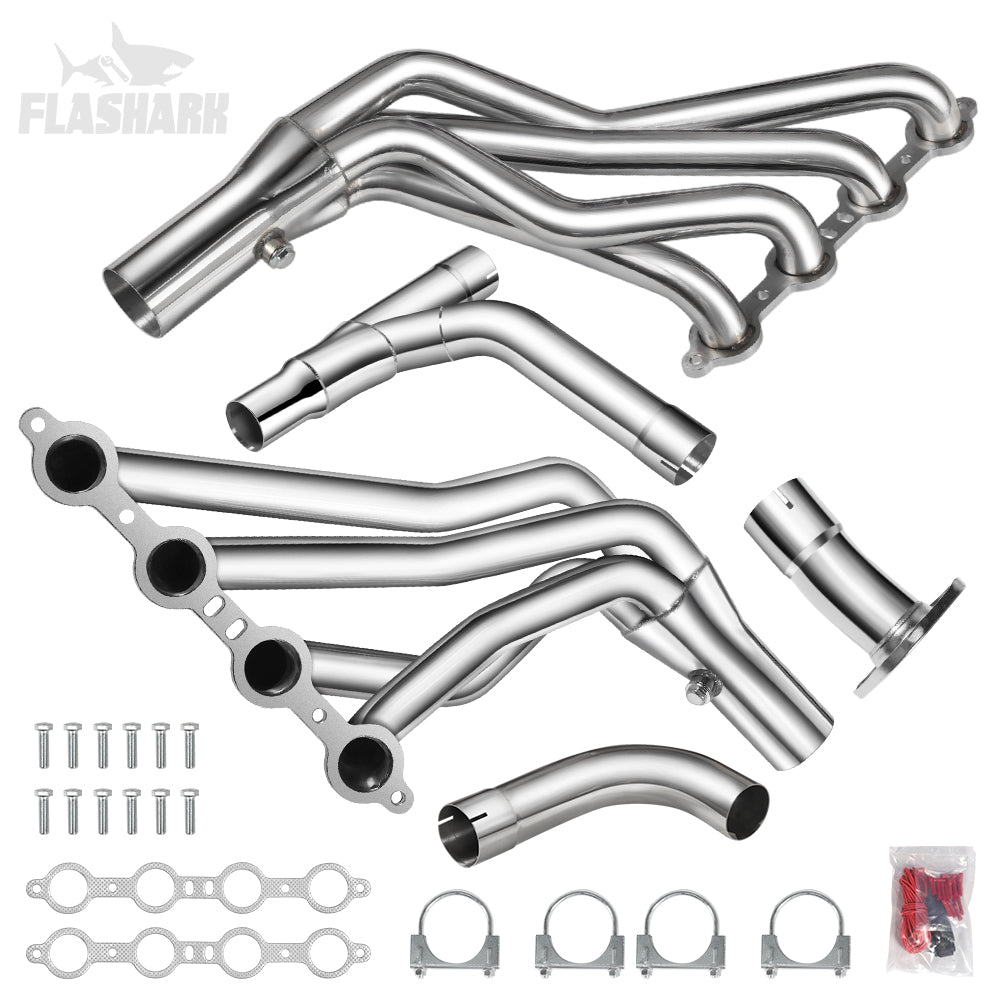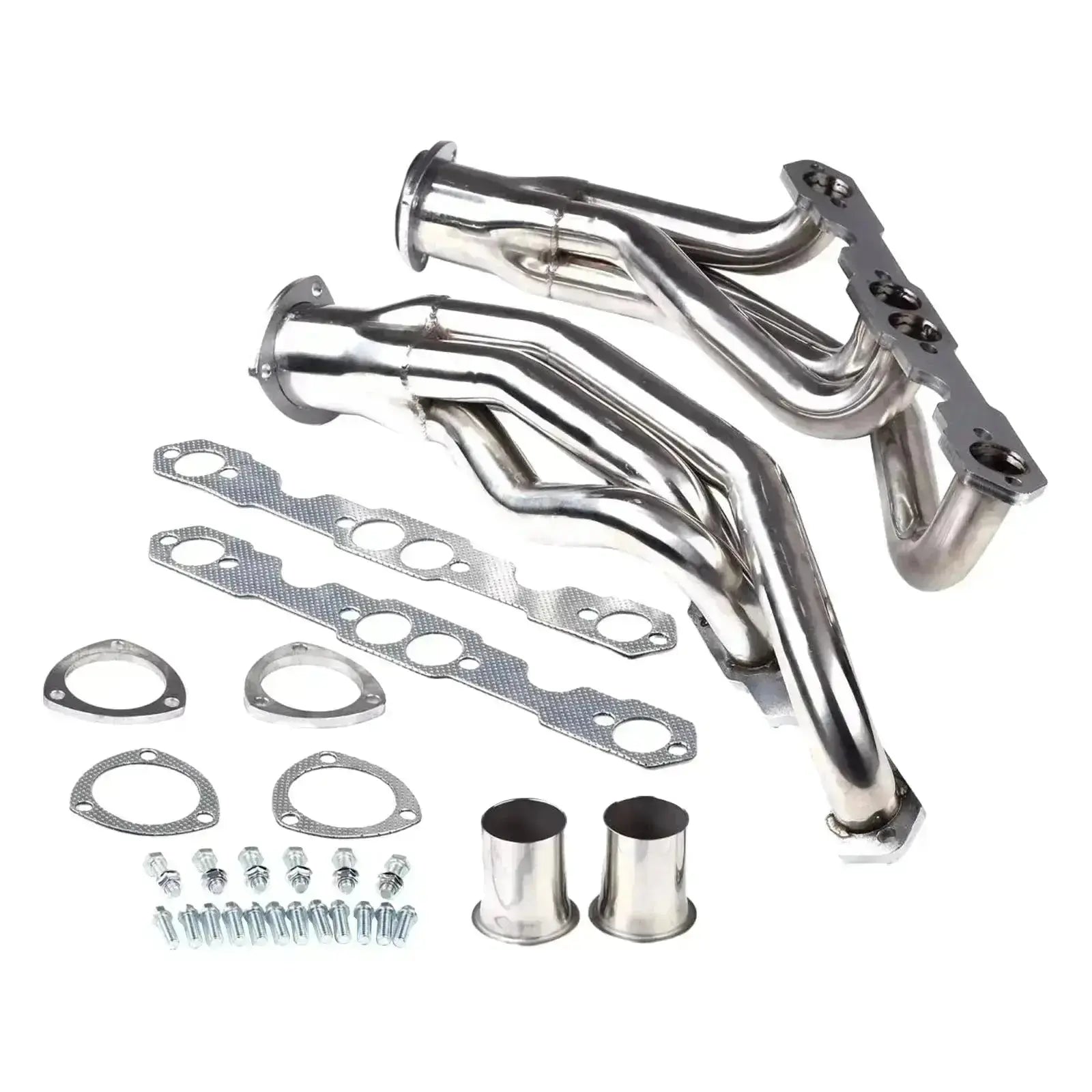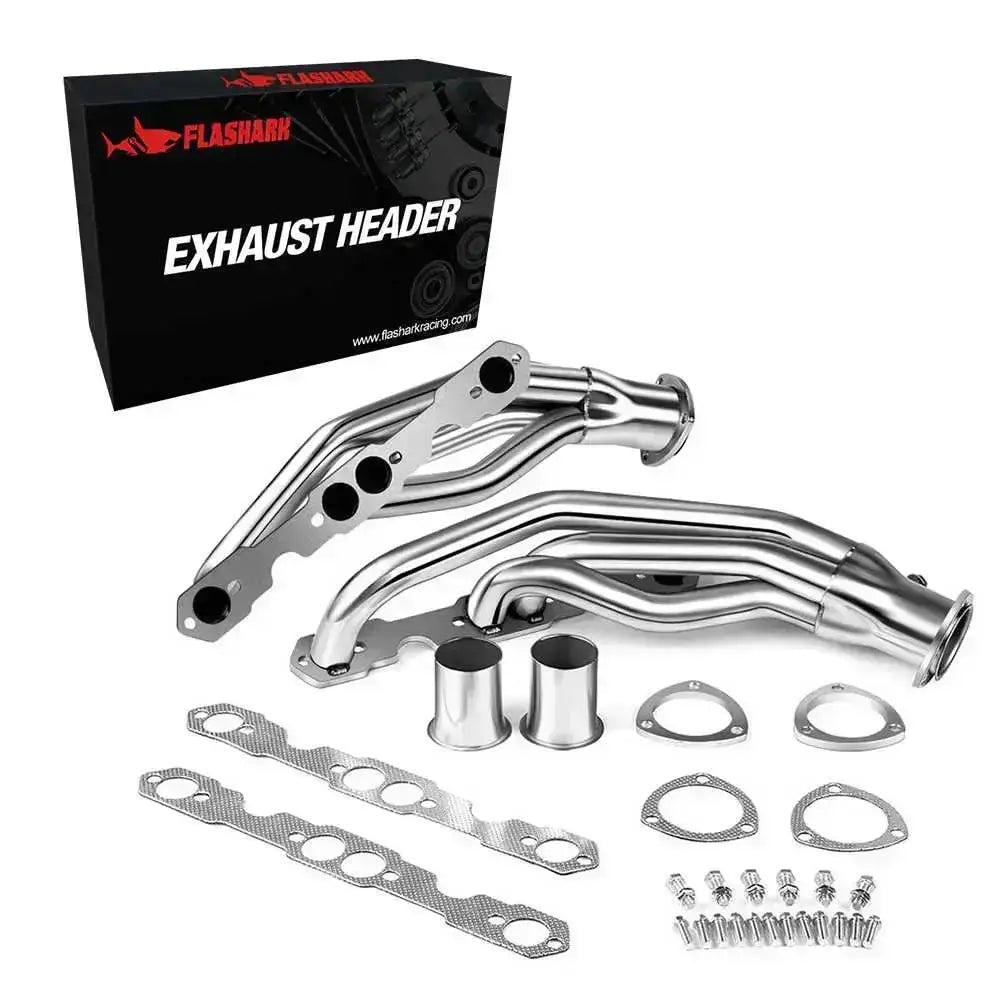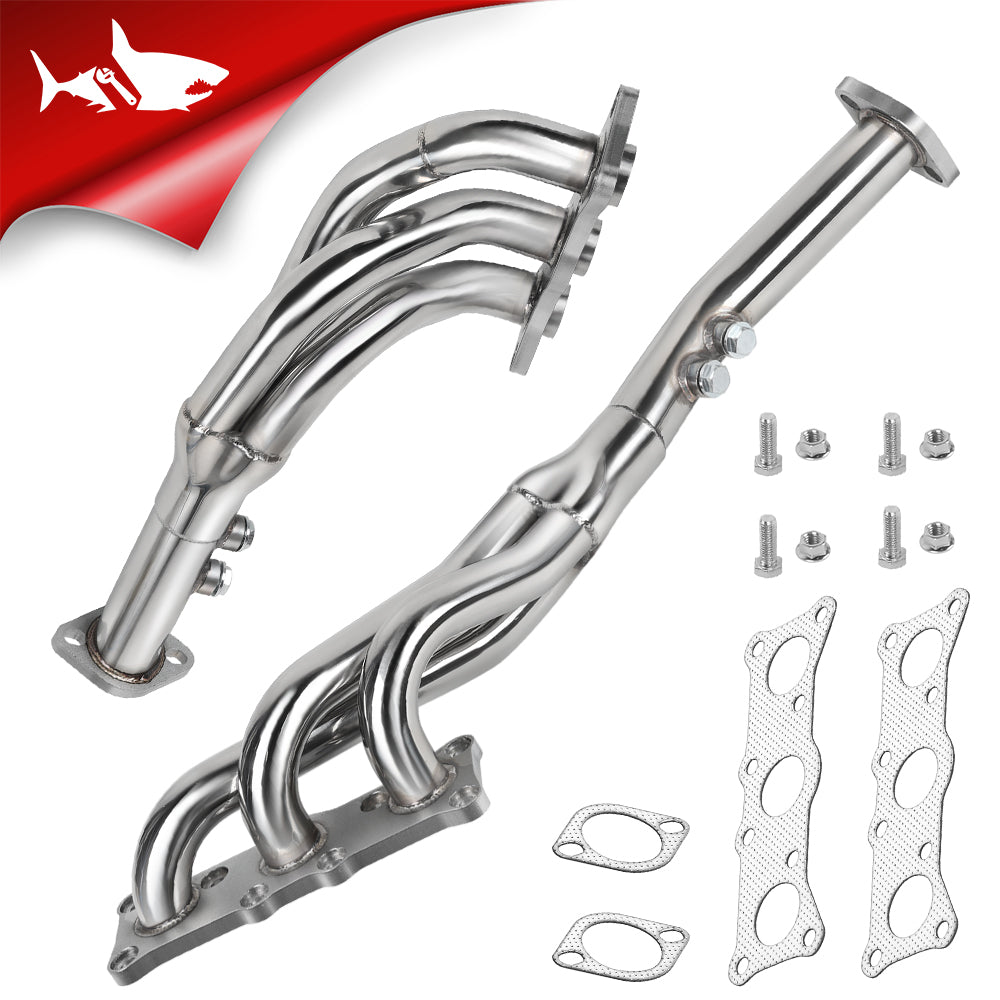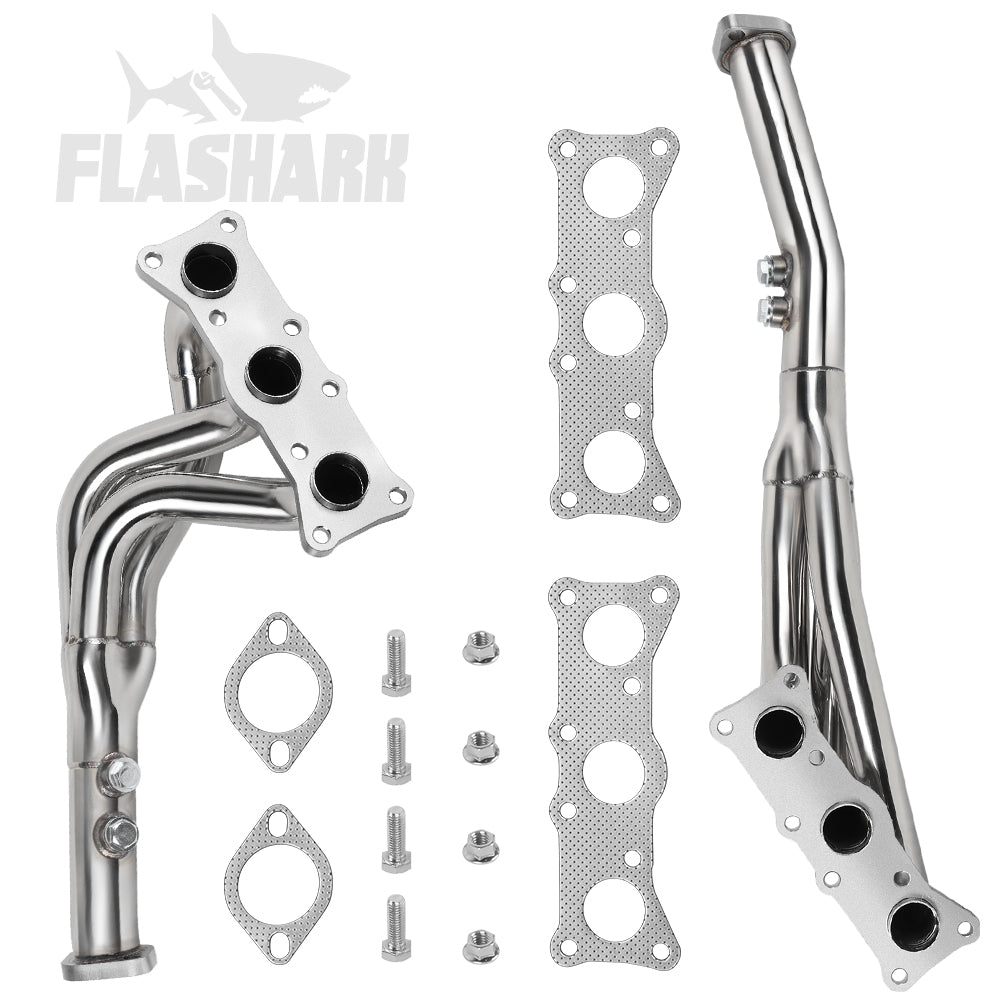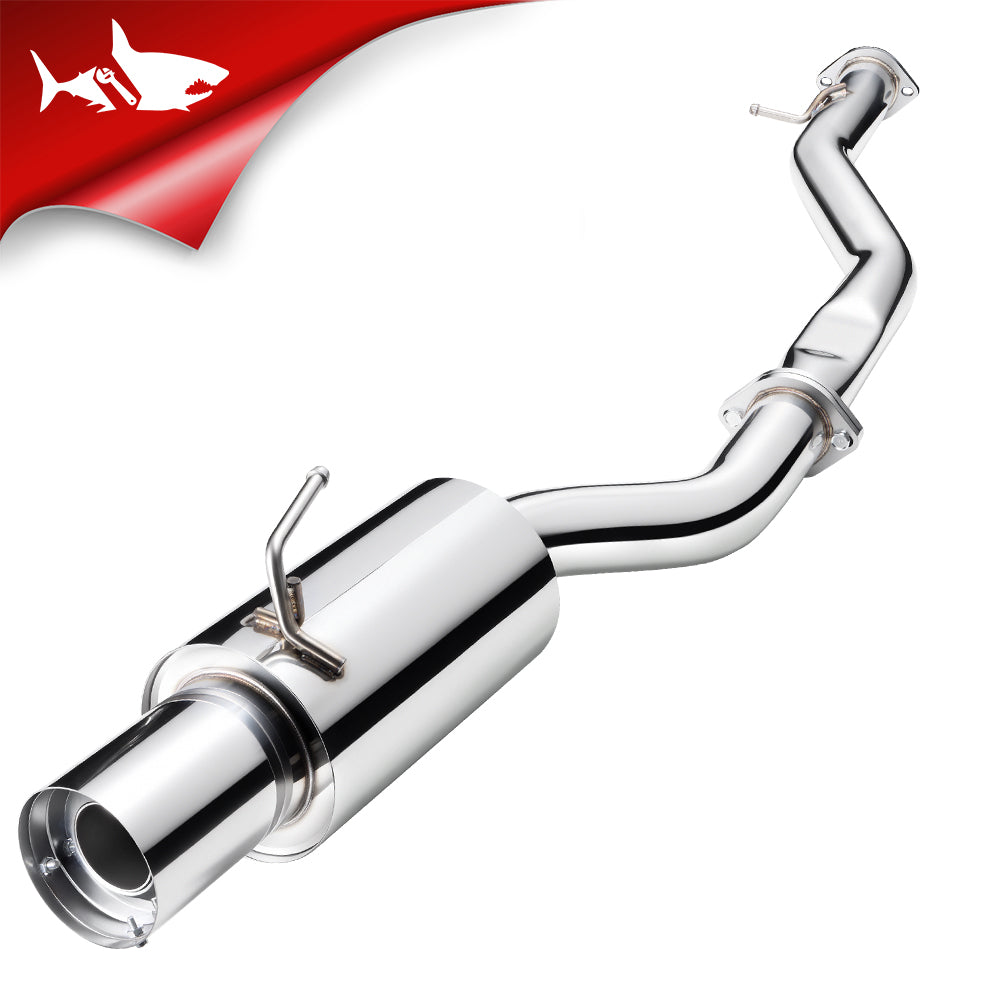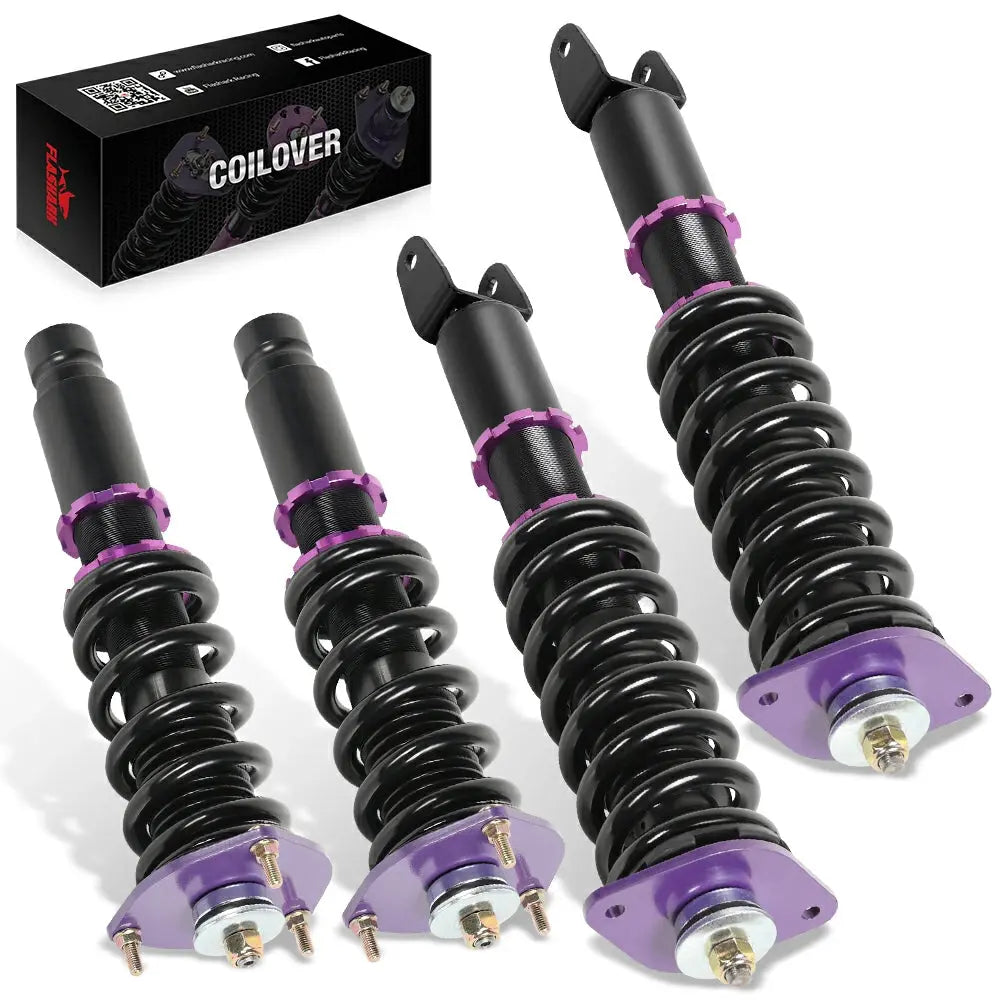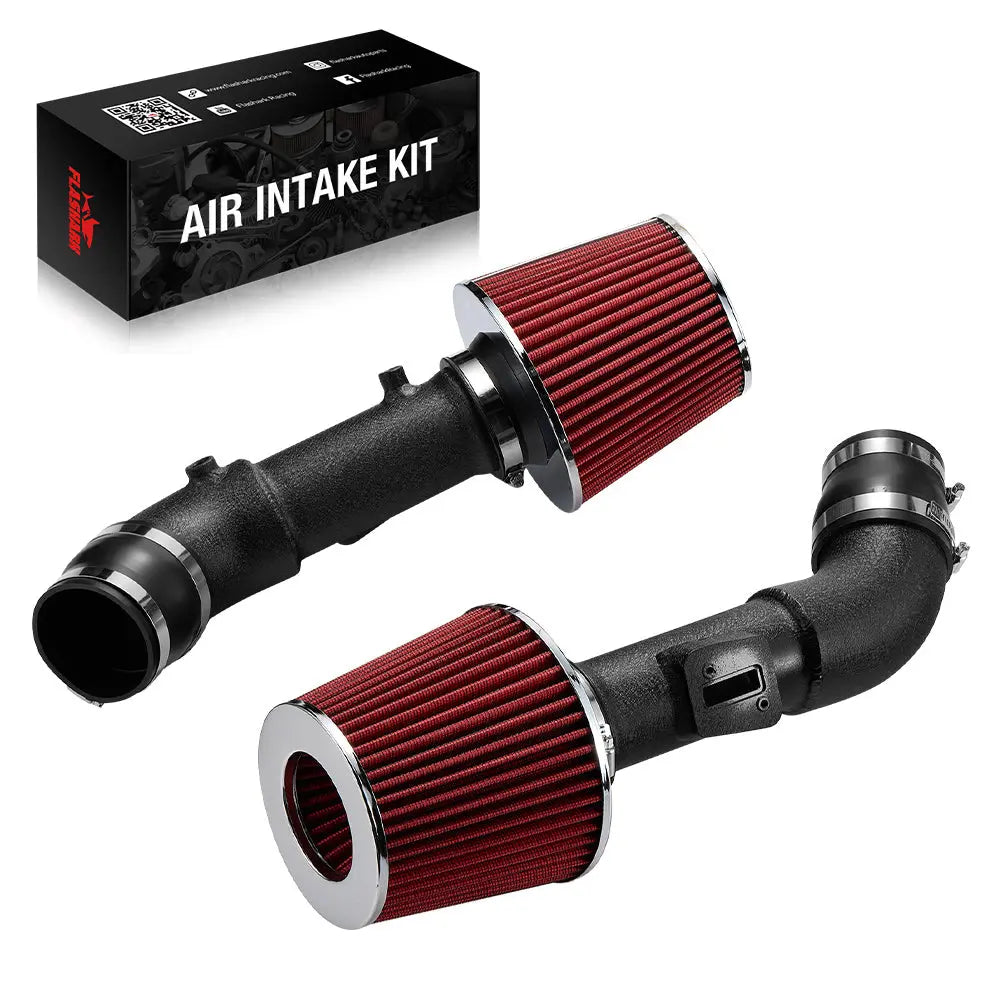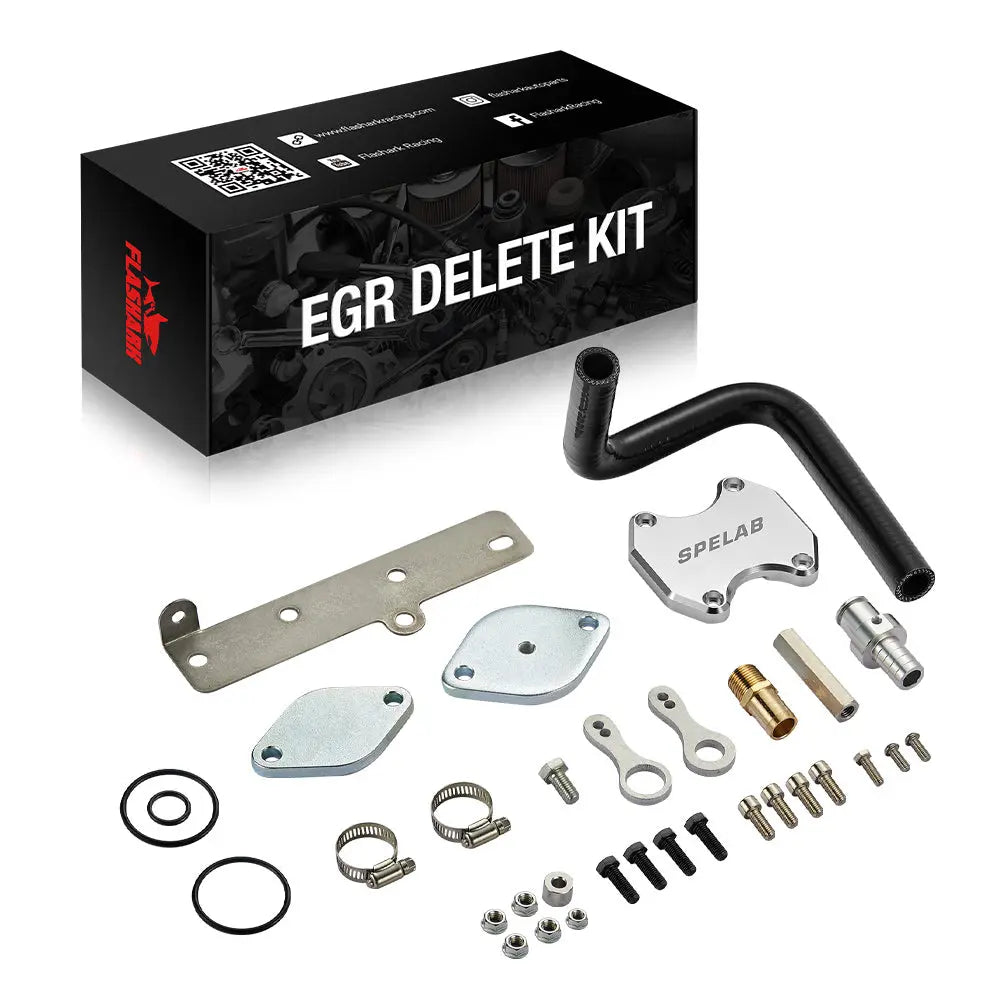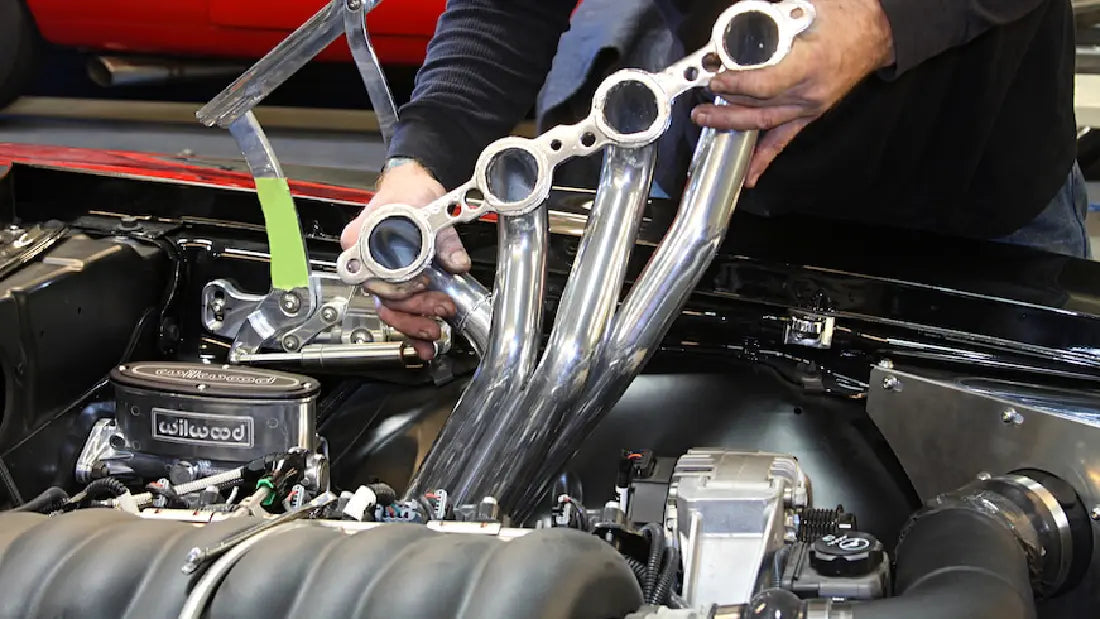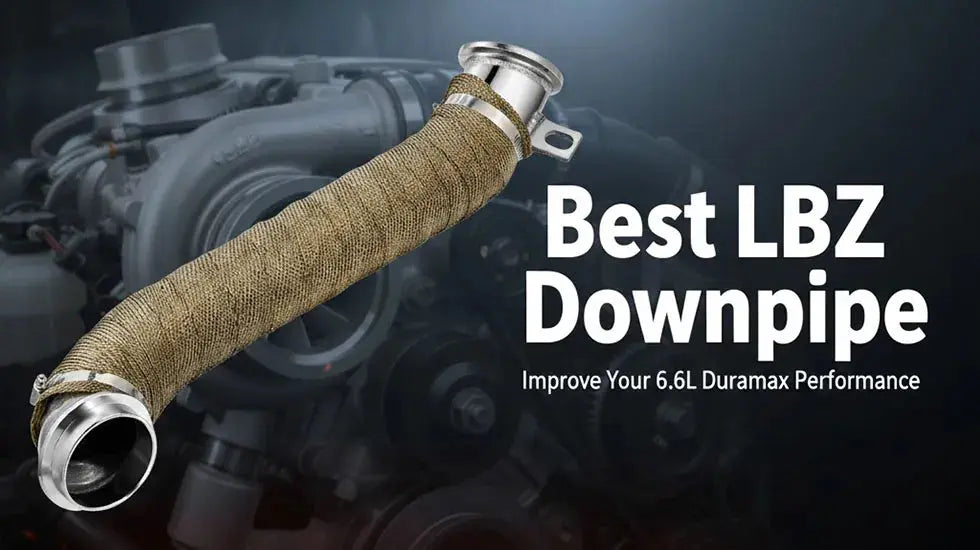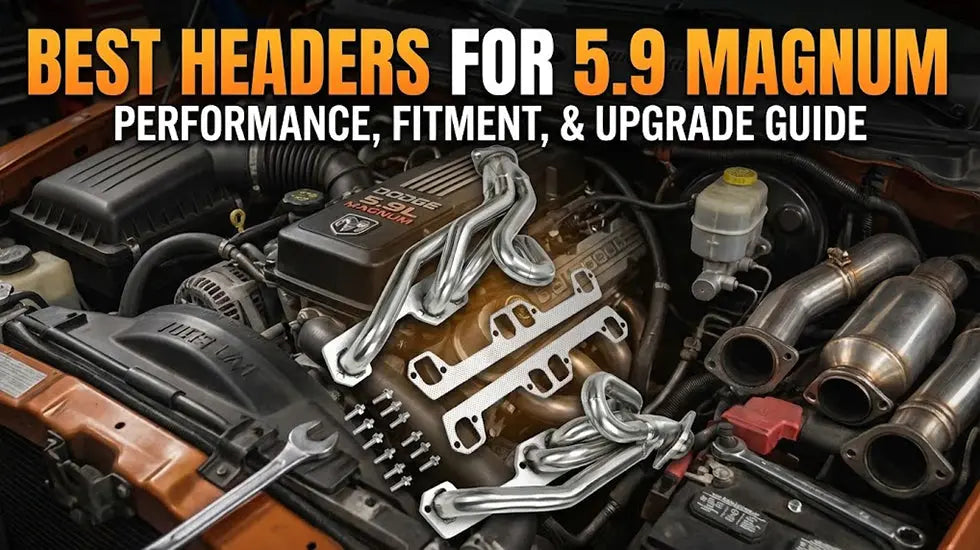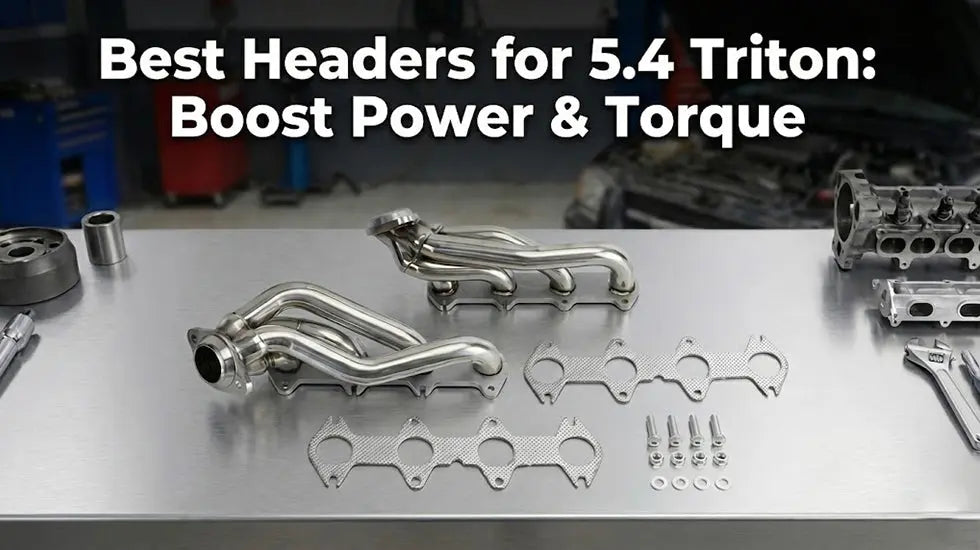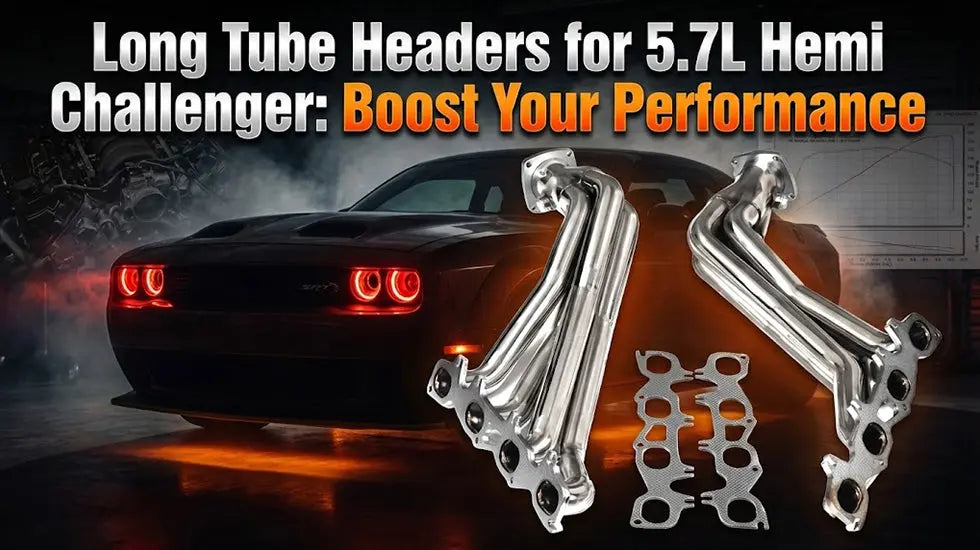Closed Crankcase Ventilation (CCV) is a critical system in the automobile industry that controls emissions and prevents the release of harmful gases from the crankcase of internal combustion engines.
These CCV systems significantly contribute in reducing air pollution, improving air quality, and meeting strict environmental regulations imposed on the automotive industry.
How CCV Systems Work?
CCV systems comprise various components, including valves, hoses, and filters, which work together to manage crankcase emissions. The primary purpose of these systems is to route gases, such as blow-by gases and oil vapor, from the crankcase to the engine's air intake system or intake manifold.
By doing so, the gases are drawn into the combustion chambers. Later, they are burned during the regular combustion process, thus minimizing their impact on the environment.
Benefits of CCV Systems
CCV systems offer numerous advantages for both vehicles and the environment:
- Firstly, they effectively reduce harmful emissions, including hydrocarbons and particulate matter, thereby improving overall air quality and public health.
- This reduction is particularly significant for pollutants originating from the crankcase, as they are efficiently captured and directed to the combustion process.
- CCV systems aid in meeting strict environmental regulations imposed on the automotive industry.

Integration with Vehicle Emission Control Systems
CCV systems are seamlessly integrated with other emission control technologies, such as catalytic converters and exhaust gas recirculation (EGR) systems.
These systems create a synergistic effect, optimizing emissions reduction and engine performance. For instance, the CCV system helps prevent oil and sludge buildup in the EGR system, maintaining its efficiency and longevity.
The integration of these systems with other emission control components ensures a comprehensive approach to reducing pollution and enhancing environmental sustainability.
CCV System Design and Variations
There are various types of CCV systems exist, catering to different vehicle models or manufacturers. Original Equipment Manufacturers (OEMs) often customize CCV systems to meet specific requirements, considering factors like engine design, size, and performance. This customization ensures optimal performance and compatibility with the overall vehicle design.
Some variations may include specific features such as Flashark technology, which enhances the efficiency and effectiveness of the CCV system in certain applications. The ongoing advancements in CCV system design aim to achieve better emissions control, improved engine efficiency, and enhanced environmental impact.
Maintenance and Troubleshooting of CCV Systems
If you want to ensure the proper functioning of CCV systems, regular maintenance is essential. Routine procedures involve inspecting and cleaning valves, hoses, and filters, as well as replacing components when necessary.
Moreover, regular maintenance helps prevent issues such as clogging of the CCV filter, valve malfunction, or leaks in the system, which could hinder the system's effectiveness.
Similarly, if you want to maintain optimal CCV performance and prevent any adverse impact on the engine’s efficiency, then you will have to maintain them regularly.
CCV Innovations and Future Trends
The automotive industry is continuously evolving, and CCV systems are no exception. Ongoing advancements in CCV technology aim to further improve emissions reduction, engine efficiency, and overall environmental impact.
Innovations such as advanced filtration systems, improved valve designs, and enhanced routing configurations are being explored to optimize CCV performance.
Additionally, the integration of CCV systems with hybrid and electric vehicles is gaining attention, as these alternative propulsion systems also require effective emissions control from their internal combustion components. The future of CCV systems looks promising, with continued advancements and a focus on sustainability.
Application of CCV Systems in Specific Engines
The application of CCV systems is not limited to the automobile industry as a whole but also extends to specific engines. For instance, the 6.7 Cummins and 6.7 Powerstroke engines commonly employ CCV systems with specific filter designs and reroute configurations to ensure optimal emissions control and performance.
These engines benefit from CCV filter replacements and reroute modifications tailored to their unique requirements. Upgrading to specialized CCV filters designed for 6.7 Cummins and 6.7 Powerstroke engines can enhance the effectiveness of the CCV system, leading to improved emissions control and extended engine life.
Conclusion
Closed Crankcase Ventilation (CCV) systems play a vital role in reducing emissions, improving air quality, and enhancing environmental sustainability in the automobile industry.
By effectively capturing and recycling crankcase gases, they contribute to improved air quality, compliance with strict emissions regulations, and the overall reduction of the environmental impact of internal combustion engines.
Regular maintenance, along with ongoing innovations and advancements, ensures that CCV systems continue to optimize emissions reduction and enhance engine performance.
The future of CCV systems holds great promise, with a focus on sustainability and integration with emerging technologies in the automotive industry.


